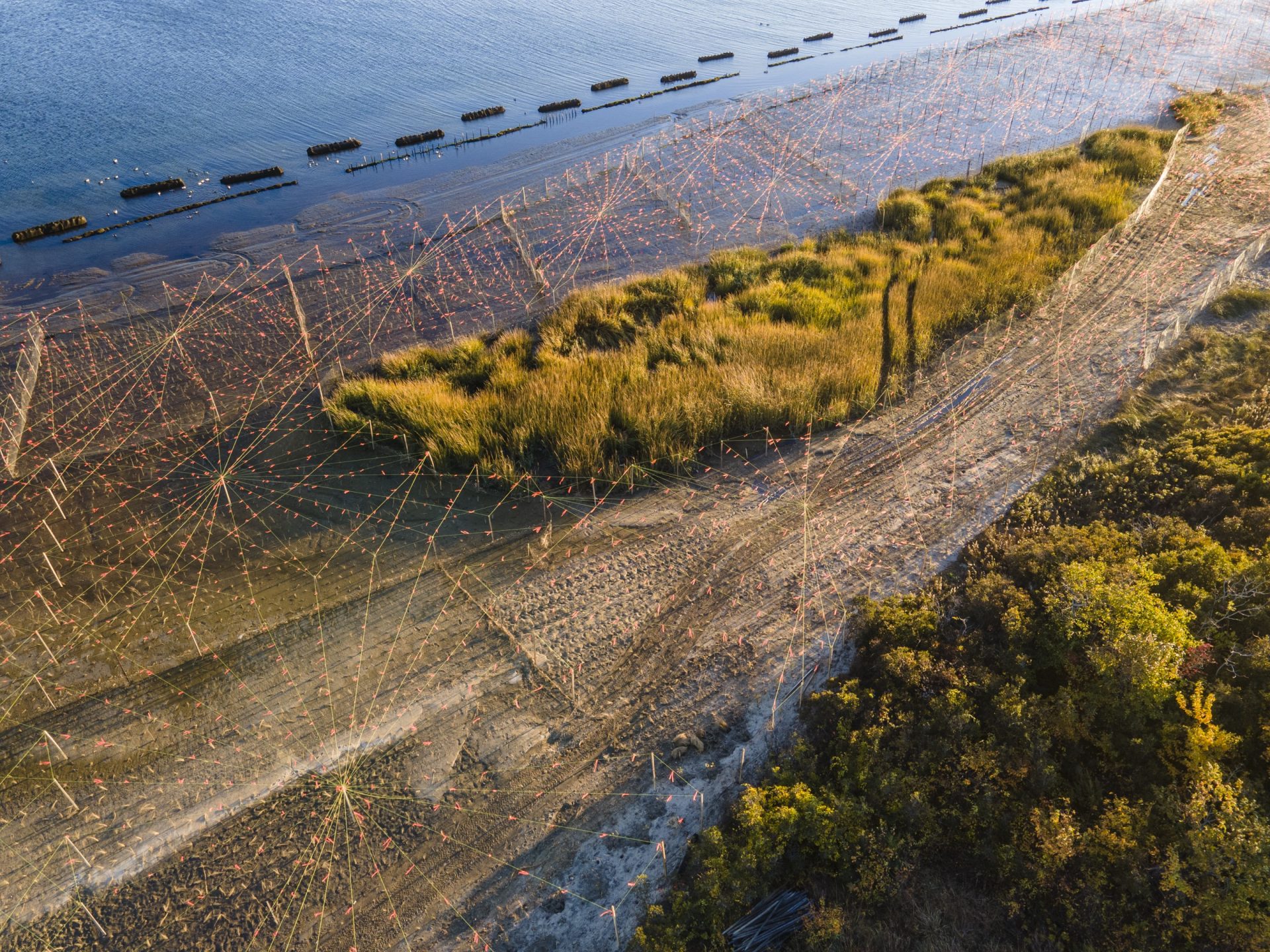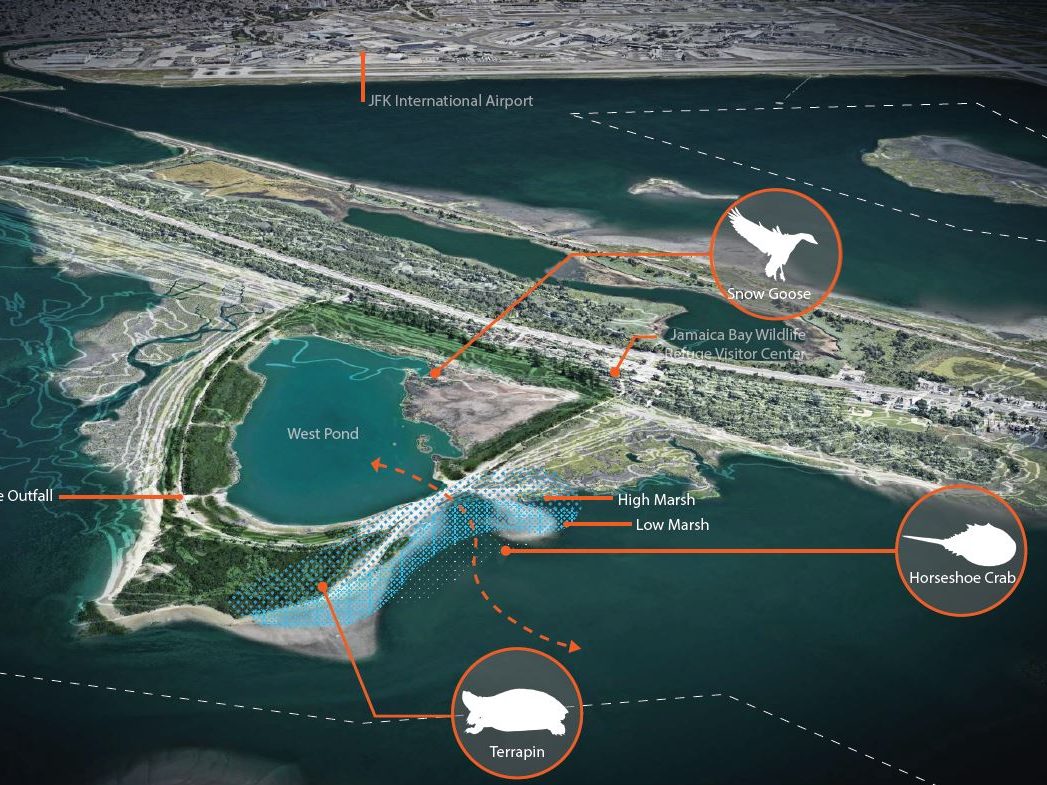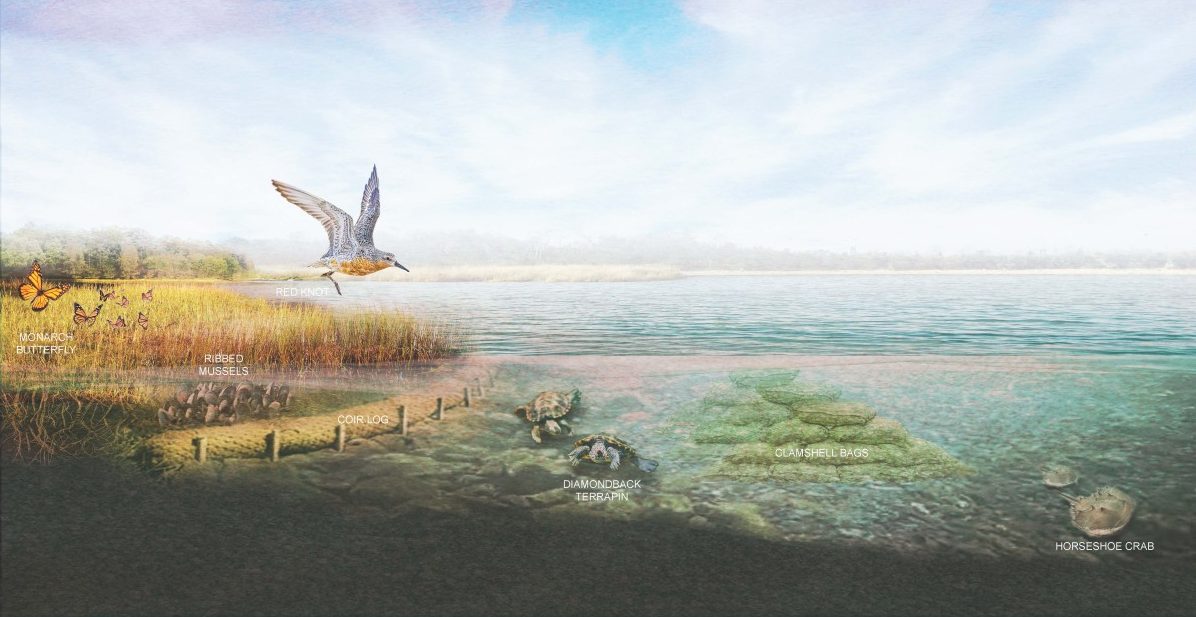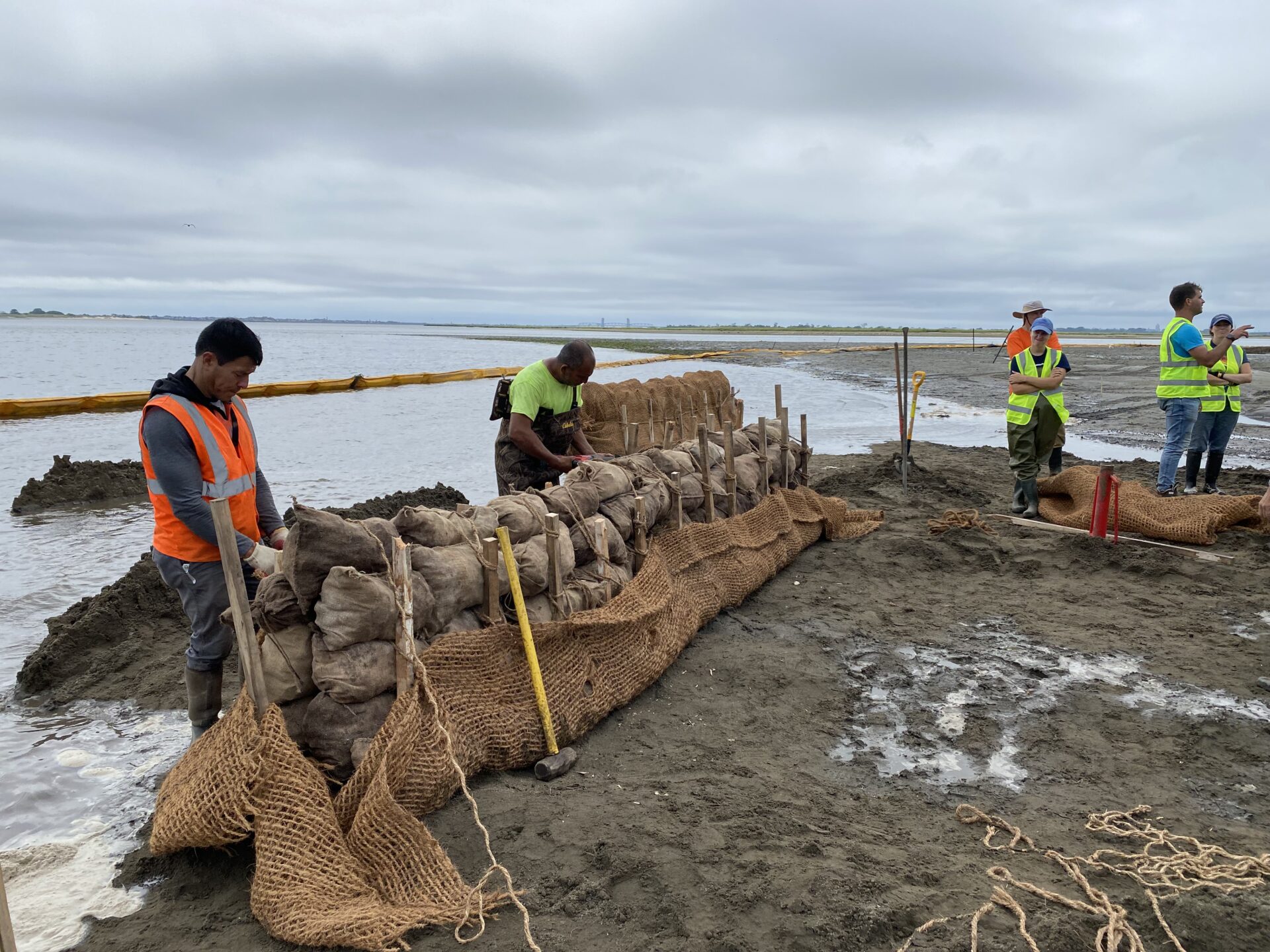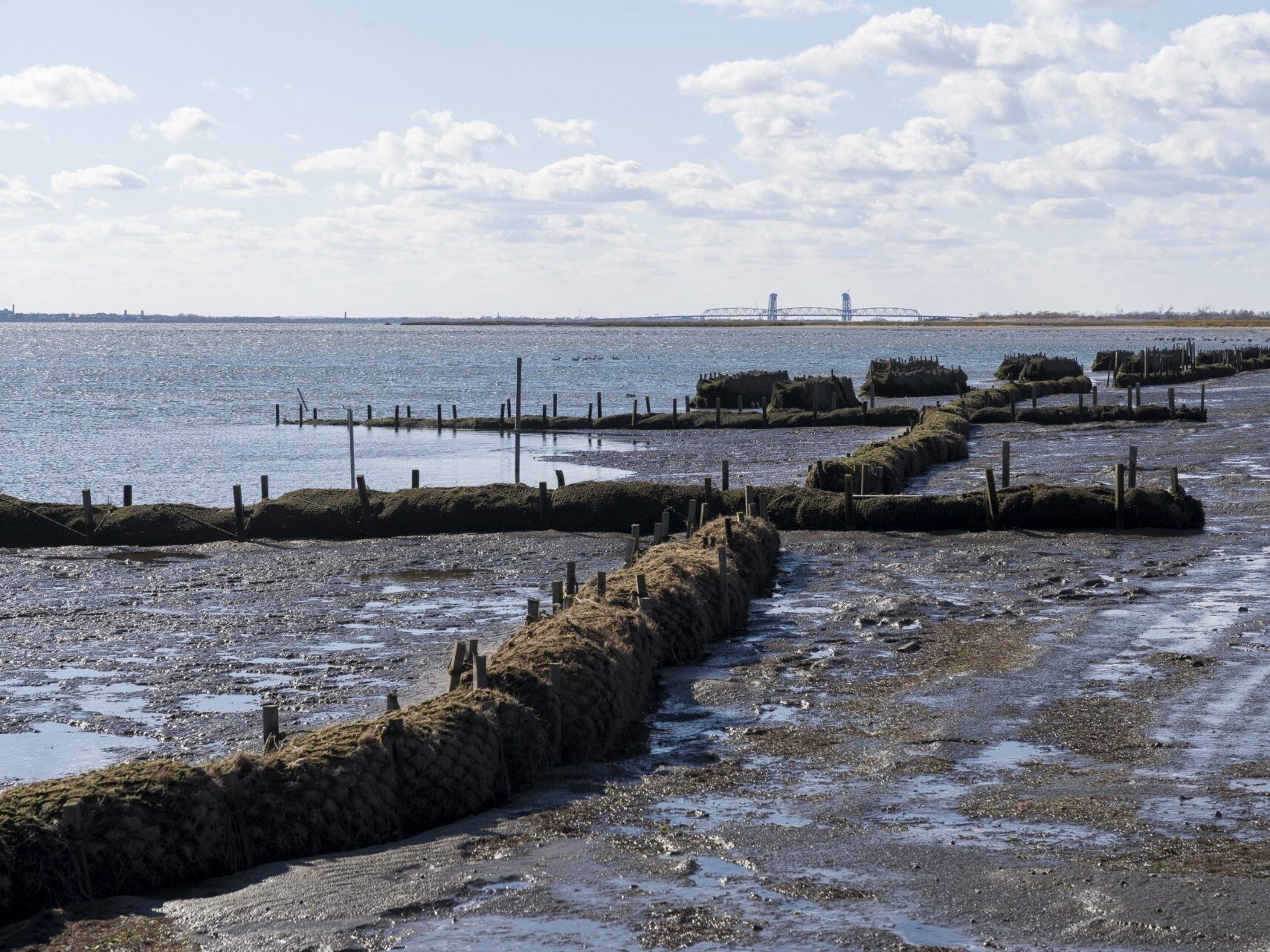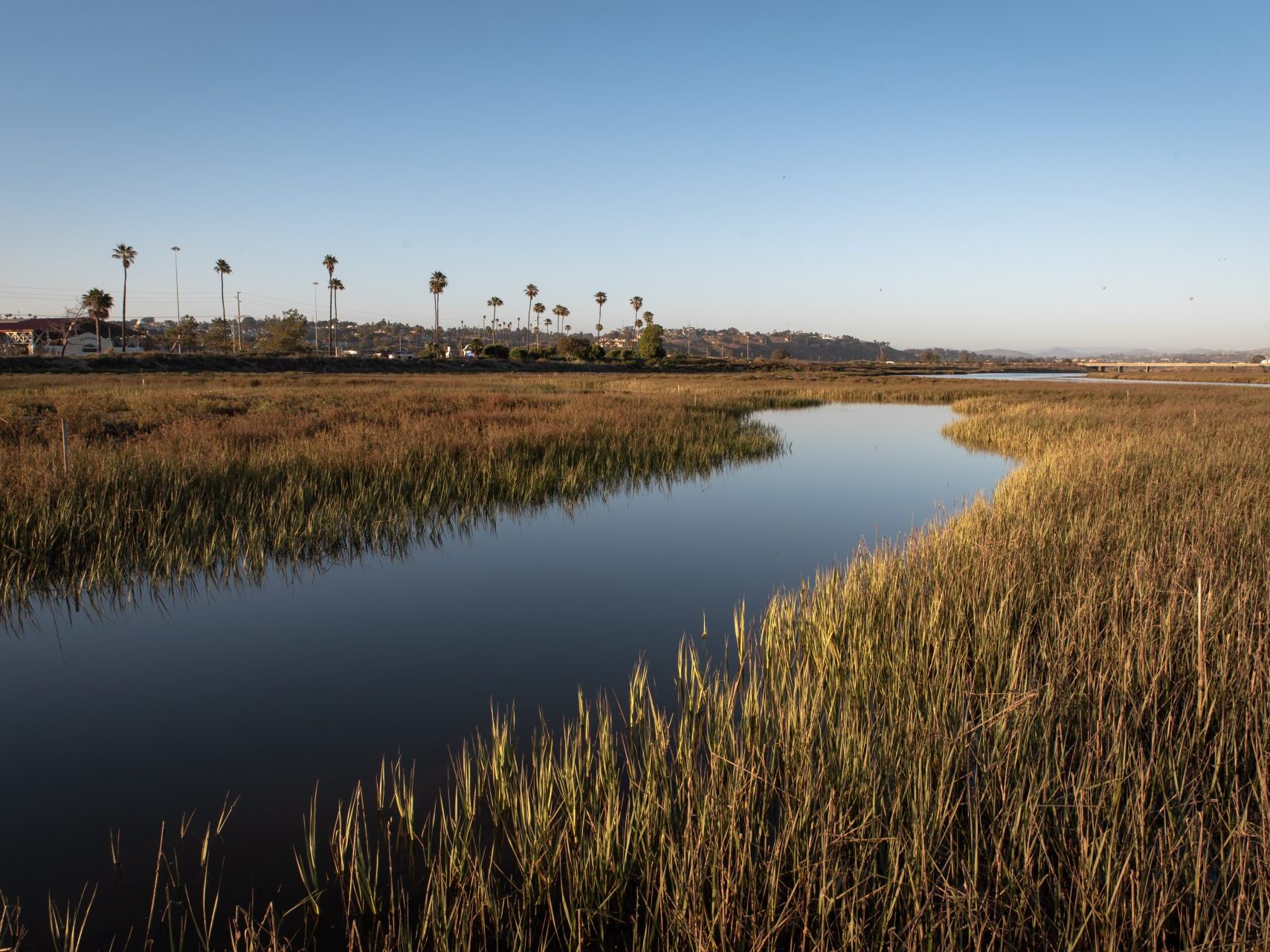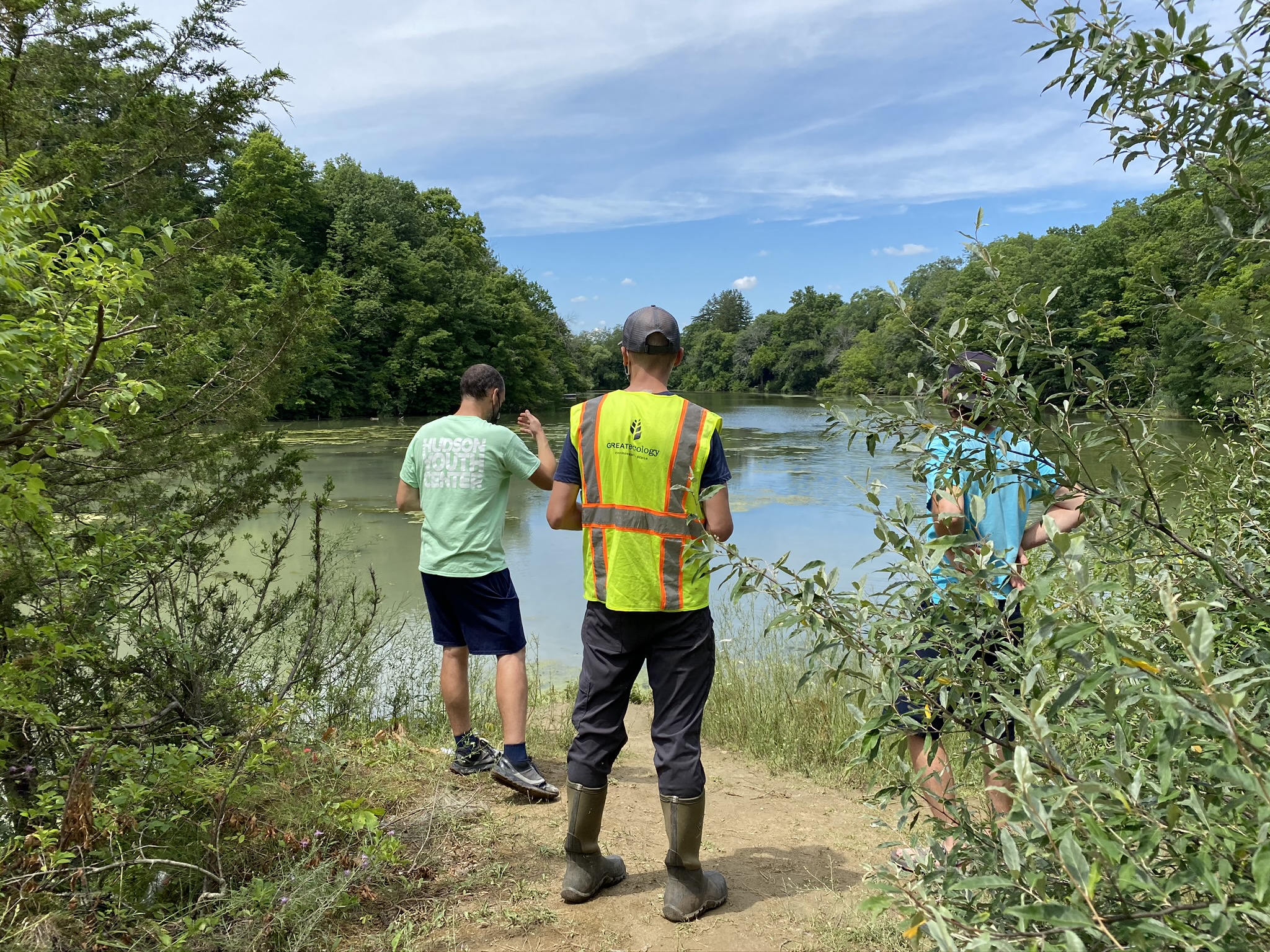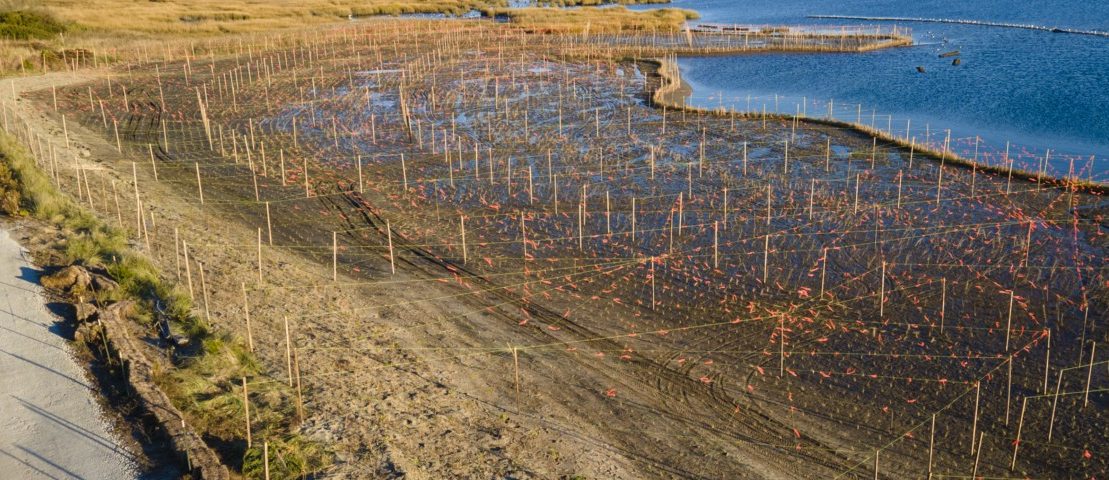San Dieguito Lagoon Wetland Restoration
March 23, 2020Oakdale Lake Water Quality & Community Education Program
September 18, 2020
West Pond Living Shoreline
Queens, NY
Client
Jamaica Bay-Rockaway Parks Conservancy
Partners
Dirtworks Landscape Architecture
Rippled Waters Engineering
Services
Ecological Design
Regulatory Approval Process
Construction Oversight
West Pond, and its neighboring impoundment East Pond, are one of the few remaining sources of fresh water within Jamaica Bay due to historic conversion of freshwater marshes to urban development over the last two centuries. They serve as critical habitat for both local species and migrating birds along the Atlantic Flyway and are under increasing threat from rising sea levels. Great Ecology provided ecological guidance on the design and engineering of a living shoreline project at the Jamaica Bay Wildlife Refuge to restore and protect a stretch of eroding levee along the southern portion of West Pond. Great Ecology also led the regulatory approval process and provided construction oversight to ensure successful implementation.
The team developed a comprehensive, sustainable living shoreline design that restored almost 15 acres/2,600 linear feet of coastal salt marsh habitat improving resiliency of the shorelines, protecting sensitive habitat areas, and providing new habitat for local wildlife. Restoring and establishing coastal saltmarshes in a highly dynamic system such as Jamaica Bay has proved challenging in the past given the strong erosional forces that exist from wind and wave action. To solve this issue, the project team designed a pilot series of integrated and overlapping erosional control structures (coir logs, shell-bag breakwaters, and tree vanes) that protect the marsh and allowed the newly planted vegetation to take root.
In 2022, the West Pond Living Shoreline project received an Honor Award for Design by both American Society of Landscape Architects (ASLA) National and the New York Chapter.
All renderings courtesy Dirtworks LA
West Pond and East Pond are both critical sources of freshwater for birds that migrate along the Atlantic Flyway and use the Jamaica Bay Wildlife Refuge as stopover habitat. Our living shoreline project will provide significant erosion protection helping maintain these freshwater resources while adding new coastal habitats that support numerous local wildlife, including invertebrates that serve as important sources of food for migrating birds.
Sustainable Wave Attenuation
